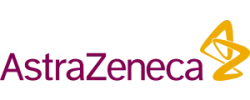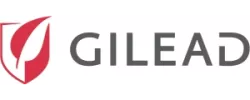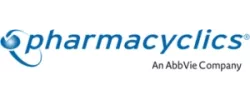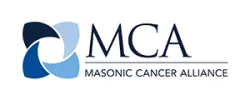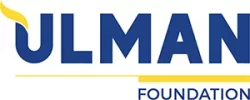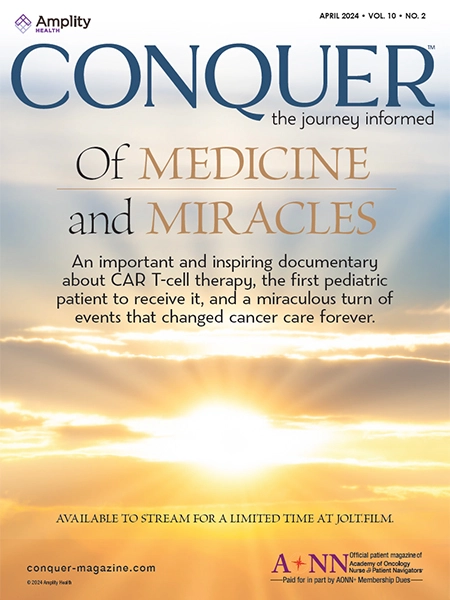Name: Mary
Position: Nurse Navigator
Subject: Fostering Navigator–Patient Relationships and Time Management
Question:
How often and when should a breast oncology nurse navigator (ONN) connect with patients throughout treatments? It’s important to establish and maintain a rapport (and catch any needs that the patients don’t report); however, I don’t want to interfere with the primary nurses who are managing the patient’s care. Also, do you have tips on managing time to keep up with tracking patients’ progress, the survivorship care plan, administration responsibilities, etc?
Answer:
This is really several big questions, so let’s start with the first one—frequency of contact. Breast cancer patients are most needy at the beginning of their care—at the time of diagnosis and through their surgery. I would establish with the patient at that first encounter that you will not only be seeing her that day, but will also talk with her prior to her surgery, on the day of surgery (if possible, and if not, then by phone after she is home), and at her postop visit. Most importantly, you must be clear about your role versus those of the other clinical oncology nurses and nurse practitioners. Are you to do the patient education about her surgery, educating her about JP drains, wound care, and how she will feel when she awakens? If so, that must be a focused visit for you both, along with a family member. You will want to follow up on any resources you provided her, too—transportation, for example.
Now onto chemotherapy, and meeting with her at the time she sees the medical oncologist, if possible, and if not, then again by phone to discuss any of her concerns. Again, it must be clear if you are to provide the patient education about the chemotherapy or if she will be receiving this from someone else or even attending a chemo class. Often, once patients’ chemo is underway, they have fewer questions and needs from the nurse navigator. Calling after each cycle of treatment, however, is thoughtful. Just be clear about why you are calling, as again, you don’t want to duplicate others’ efforts. If there is a protocol that a chemo nurse is to call after each cycle, then simply read in the medical record what she has to report and let her know that you are available if the patient needs you.
The next point of contact would likely be for radiation. Again, who will educate the patient about what that will entail, simulation, and the importance of keeping every radiation appointment. Once again, does she need transportation, or perhaps she needs a 7 am appointment so that she can go before work to avoid missing more time. As you know, these factors are unique to each patient. Some are needier than others. Some have more issues that require your intervention than others. It’s important to remember not to become an enabler. It’s a balancing act, for sure. I like to ask the patient with what frequency they want to communicate, reiterating why you are there—not to have her tell you about her side effects and how long she waited to be seen because the doctor got called to the OR, etc. Be assertive.
The second part of your question was related to record-keeping. It is important to document each time you have spoken with the patient or performed an intervention for the patient (such as referring to fertility preservation or arranging transportation for chemo infusions). Most ONNs are using Excel spreadsheets to track their time. Although it’s not ideal, it works. Knowing how much time you spend on an individual patient’s needs, as well as the aggregate time spent doing a particular aspect of navigation, is going to get more and more important as we look at return on investment for navigators’ time and efforts. When you look retrospectively at the amount of time spent on certain tasks, determine if that task could be done more efficiently. Is it a task that could be done by a layperson, a clerical person? If so, point this out to your supervisor and explain that this time spent doing clerical tasks could be redirected to ONN tasks. Then, you can expand your time dedicated to patients needing nurse navigation activities performed for them.
Name: Karen
Position: Nurse Navigator
Subject: ER, PR, HER2 Treatment Modalities
Question:
I am new nurse navigator, doing a lot of studying and planning to obtain certification someday. I am having trouble with breast cancer staging related to treatment modalities (eg, radiation vs chemo). Are you aware of any algorithms that can be used as a professional resource? Thanks for your input!
Answer:
Good for you for joining the ONN world! Take a look at www.NCCN.org. There, you will find the standards of care by stage and prognostic factor. By the way, major changes made to the AJCC staging process will be made in 2019 and will be implemented in 2020. Until then, use their tables as a reference for treatments based on stage and prognostics.
Name: Leah
Position: Nurse Navigator
Subject: Barriers
Question:
Our institution had a very minimal community needs assessment done. I would love to hear what fruitful and engaging barriers are being addressed in community hospital settings.
Answer:
ACCESS. ACCESS. ACCESS. This is the biggest one. People don’t have transportation or child care to come in for cancer screenings. And they cannot afford to take off from work. Lack of health insurance also comes into play.
Myths about cancer pose another barrier. Inner cities, as well as some very rural areas, report the prevalent misconception that going to a hospital could result in having experiments done on them. Also common is the fear that treating cancer will kill someone before the cancer would.
Community needs assessments must look at several things. Statistics come first. What is the nature of the population in your catchment area (race, ethnicity, age, unemployment rate, etc)? What is the compliance rate for cancer screenings? How many patients with cancer are being diagnosed, and how many are getting treatment? Is the treatment happening in a timely manner? What are the barriers to diagnosis and treatments? How many have health insurance? What resources are available to address barriers, and how easy is it to access those resources?
What are the other health issues for the community (hypertension, diabetes, heart disease, etc)? Where do people gather to socialize, and how can you penetrate that social activity? An example of this would be getting access to churches through the clergy so you can do a health fair or have a mammography mobile at the church as it lets out from service on Sunday. This could be enhanced by having a widower tell the story of losing his wife because she was too afraid to go get a mammogram, or having a survivor from the congregation share her positive story.
You always need baseline data before implementing something to improve things. And you need outcomes data after you have performed your intervention. Be sure to discuss this at a meeting of your central cancer committee at the hospital.

